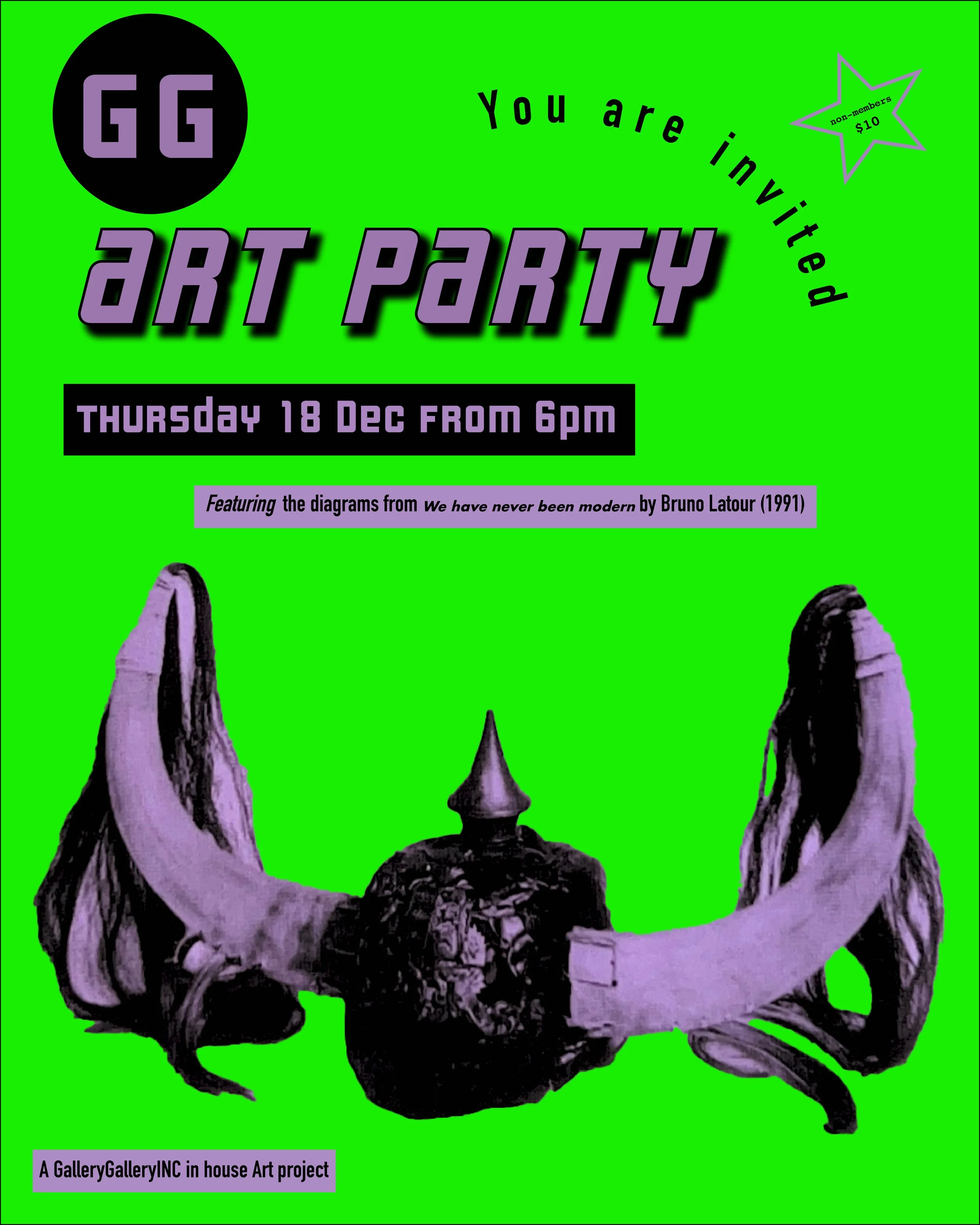~ Up Next
Art Party
18 Dec
𝙶𝚊𝚕𝚕𝚎𝚛𝚢𝙶𝚊𝚕𝚕𝚎𝚛𝚢𝙸𝙽𝙲 𝙴𝚗𝚍 𝚘𝚏 𝚢𝚎𝚊𝚛 𝙸𝚗 𝙷𝚘𝚞𝚜𝚎 𝙰𝚛𝚝 𝙿𝚛𝚘𝚓𝚎𝚌𝚝:
𝙷𝚎𝚕𝚙 𝚞𝚜 𝚞𝚗𝚍𝚎𝚛𝚜𝚝𝚊𝚗𝚍 𝚆𝚎 𝙷𝚊𝚟𝚎 𝙽𝚎𝚟𝚎𝚛 𝙱𝚎𝚎𝚗 𝙼𝚘𝚍𝚎𝚛𝚗 𝚋𝚢 𝙱𝚛𝚞𝚗𝚘 𝙻𝚊𝚝𝚘𝚞𝚛
𝚏𝚎𝚊𝚝𝚞𝚛𝚒𝚗𝚐 𝚝𝚑𝚎 𝙳𝚒𝚊𝚐𝚛𝚊𝚖𝚜 𝚏𝚛𝚘𝚖 𝚑𝚒𝚜 𝚋𝚘𝚘𝚔 𝚆𝚎 𝙷𝚊𝚟𝚎 𝙽𝚎𝚟𝚎𝚛 𝙱𝚎𝚎𝚗 𝙼𝚘𝚍𝚎𝚛𝚗 (𝟷𝟿𝟿𝟷).

𝙶𝚊𝚕𝚕𝚎𝚛𝚢𝙶𝚊𝚕𝚕𝚎𝚛𝚢𝙸𝙽𝙲 𝙴𝚗𝚍 𝚘𝚏 𝚢𝚎𝚊𝚛 𝙸𝚗 𝙷𝚘𝚞𝚜𝚎 𝙰𝚛𝚝 𝙿𝚛𝚘𝚓𝚎𝚌𝚝:
𝙷𝚎𝚕𝚙 𝚞𝚜 𝚞𝚗𝚍𝚎𝚛𝚜𝚝𝚊𝚗𝚍 𝚆𝚎 𝙷𝚊𝚟𝚎 𝙽𝚎𝚟𝚎𝚛 𝙱𝚎𝚎𝚗 𝙼𝚘𝚍𝚎𝚛𝚗 𝚋𝚢 𝙱𝚛𝚞𝚗𝚘 𝙻𝚊𝚝𝚘𝚞𝚛
𝚏𝚎𝚊𝚝𝚞𝚛𝚒𝚗𝚐 𝚝𝚑𝚎 𝙳𝚒𝚊𝚐𝚛𝚊𝚖𝚜 𝚏𝚛𝚘𝚖 𝚑𝚒𝚜 𝚋𝚘𝚘𝚔 𝚆𝚎 𝙷𝚊𝚟𝚎 𝙽𝚎𝚟𝚎𝚛 𝙱𝚎𝚎𝚗 𝙼𝚘𝚍𝚎𝚛𝚗 (𝟷𝟿𝟿𝟷).

